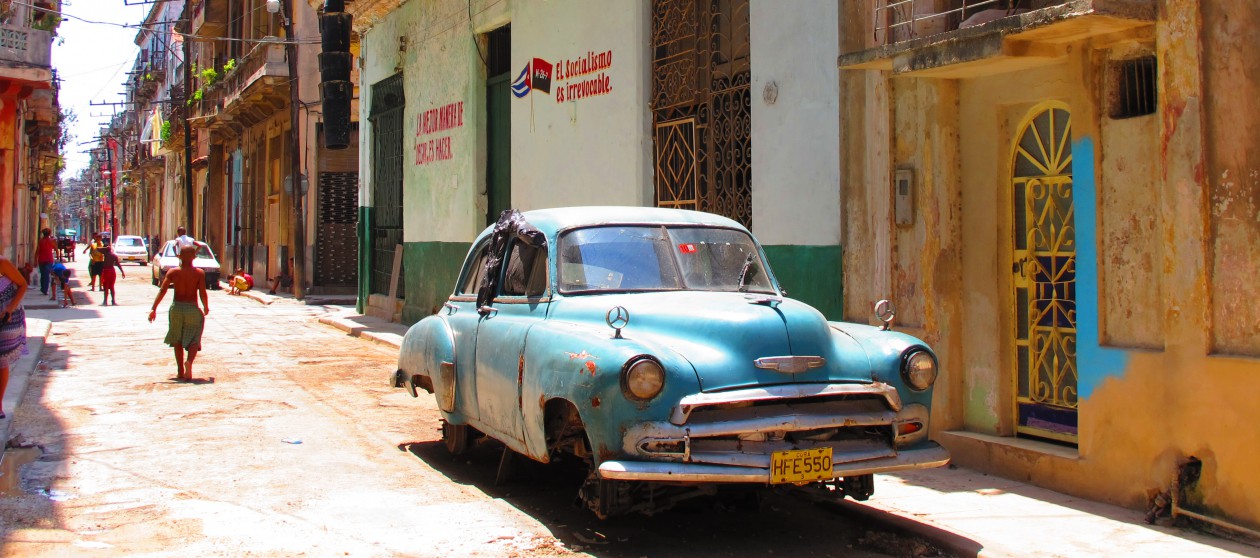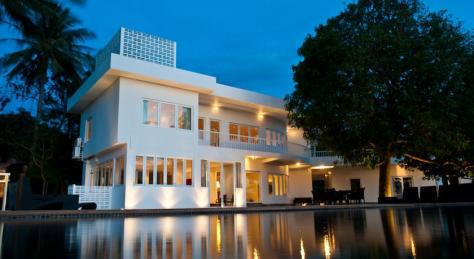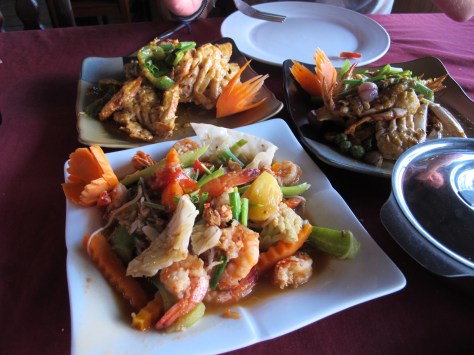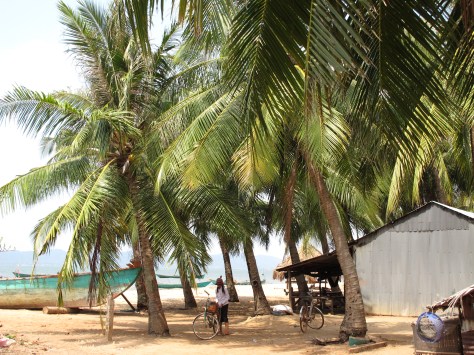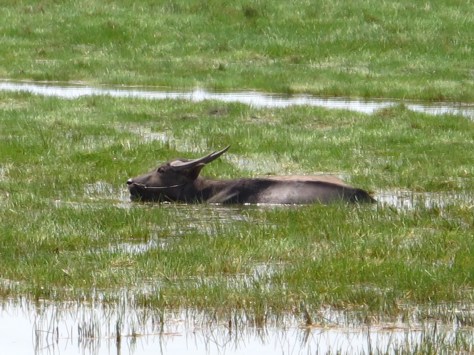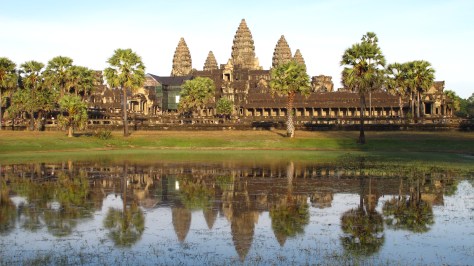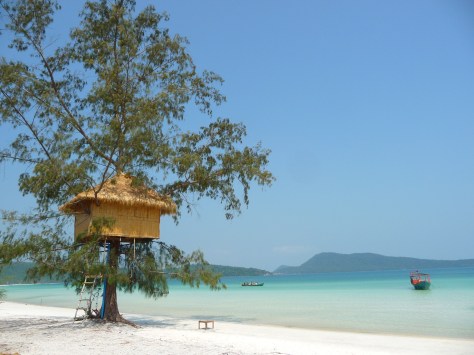Yesterday evening was my first time at Palio di Siena. For those not familiar with it, it’s one of the most spectacular events held in Italy, a bareback horse race around the main square of Siena (Piazza del Campo) held twice a year. Attending the trial races yesterday evening and this morning was an absolute amazing experience, even though I am still battling with the mixed feelings related to the fact of attending a horses race event on such a difficult and dangerous track, where undoubtedly horses will suffer and will get injured or worse. So far I have not seen such a thing happen so I have been comfortable in experiencing it but I suppose that the race itself is going to be a total different matter so, at least for now, I have decided to not attend it. It’s a tradition that has been alive for centuries, for which its people are extremely proud and passionate about and I had goosebumps myself from the very first moment I stepped in Piazza del Campo yesterday evening.

I didn’t know a lot about Palio before moving to Tuscany and I still have to learn plenty but what I have been learning in the last few weeks from Senesi (people from Siena) keeps fascinating me.
While tourists (including me) may get excited only for the 2 Palio dates (July 2nd and August 16th), for Senesi Palio is not only limited to these 2 days a year: as they like to say, Palio is 365 days a year.
A few interesting facts about Palio, that I recently learnt:
- Palio is not limited to July 2nd and August 16th: in truth, it should be referred as Palio days since equally important are the 4 days preceding each Palio, busy with rituals and processions and the twice a day race trials (one in the morning and one in the evening). One of the most important moment for each contradaiolo is when the horses are assigned to each contrada by draw ( the so called “Tratta”), a moment that attracts thousands of people in Piazza del Campo. The starting positions are by draw as well.

- There are 17 contrada in Siena but only 10 of them take part in each race. Each contrada has got a traditional rival and for each of them winning the Palio is as important as making sure that their rival contrada does not win it. Each contrada is considered a sort of individual small State, run by a Priore, a Capitano with the support of 2-3 contradaioli called “mangini”. Each contrada has its own church and their own headquarter where its flags, drapes, costumes and historical memories are kept.

- Forget the fair play: Palio has been and will always be a game of power, plots, threats and bribes, as the Senesi themselves openly admit. Everything is allowed (including bribes and all sort of dirty play behind the scenes) and the only rule of the race is that the jockeys (fantini) can’t interfere with other jockey’s reins but everything else is allowed and should be expected.
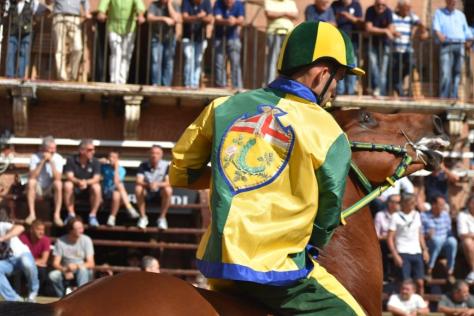
- It’s the horse that wins the Palio and gets all the honours and celebrations, not the jockey and the horse can win even without the jockey. From the moment jockeys are drawn, they can be changed up to the day before the Palio. The jockeys are paid and they are more a sort of mercenaries not emotionally attached to the contrada and open to bribes and corruption from rival contrada – no wonder why you hardly see them smiling during the trials! An extremely important figure, not to be confused with the jokey is the so called Barbaresco, the horse assistant that during the Palio days sleeps in the stable with the horse and never leaves his side.

- The race itself on July 2nd starts at 7:45 PM and lasts just over 90 seconds. All the horses – except the horse drawn last – are kept in the so called “Mossa”, an area in the north-west corner of Piazza del Campo marked by two ropes where the horses are gathered. The race officially starts when the free horse charges the group between the two ropes.
- Watching the Palio in Piazza del Campo is free. If you have got plenty of money to spend (I have been quoted Eur 450 for a seat on Saturday July 2nd) you can secure a place on one of the “palco” or balconies, definitely a more privileged position to experience the Palio but that will need more investment and undoubtedly more planning.
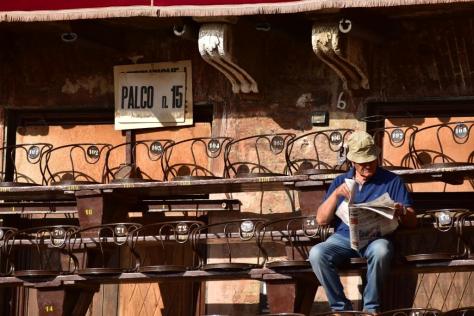
If you want to take some nice shots during the trial races (I can’t recommend about the Palio day itself since I have not experienced it), keep in mind that the morning trials (9 AM) are generally a lot quieter than the evening ones and you get more chances to secure a place in the front line without having to arrive in Piazza del Campo too early (I was there at 7.45 AM this morning and got a spot right next to the Mossa). If you want to get a good close up of the horses and the jockeys, position yourself near the Mossa where the horses start (keep in mind that where there is a double fence you might get some policemen or the square cleaners to partially obstruct your view).
If you want to get pictures of the horses entering the square, get down to where the Town Hall is, which is also a great spot if you want to have a longer view of the horses racing. This location can get a bit noisy 🙂 but extremely colourful since there are the stands where hundreds of little contradaioli (kids of all ages) wave and sing before and during the race.

After the trials, the horse is brought back to each contrada’s stable to get washed and rested, followed by the procession of its contradaioli.

Though you can’t get right up to the stable, follow them down the streets of Siena for some great people shots. Equally beautiful is just spending a couple of hours walking through the different contrada, picking up the colours and the symbols of each of them.
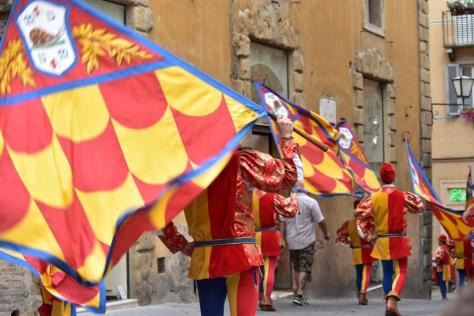
It’s official: I am in love with Siena each day more!
